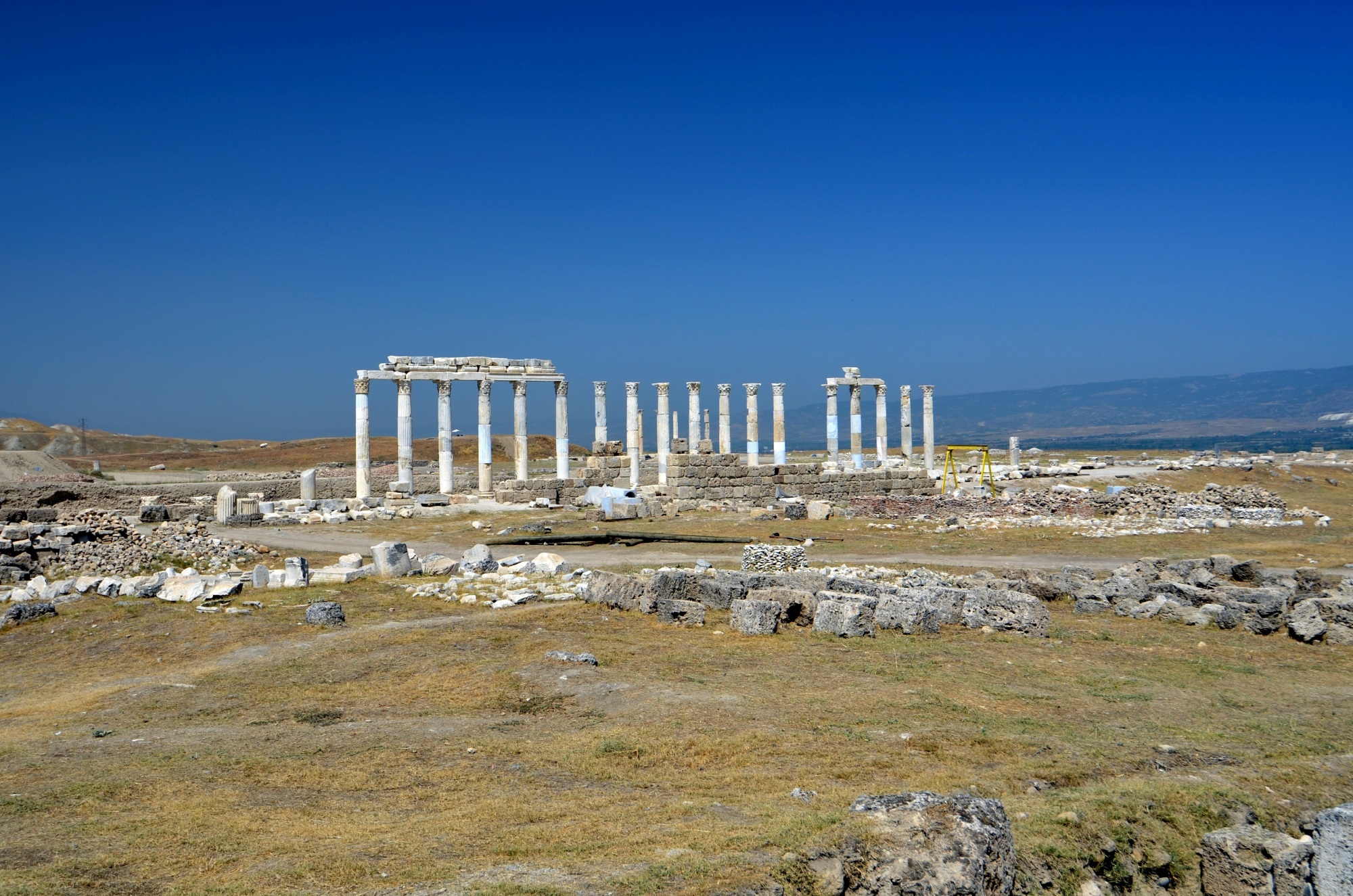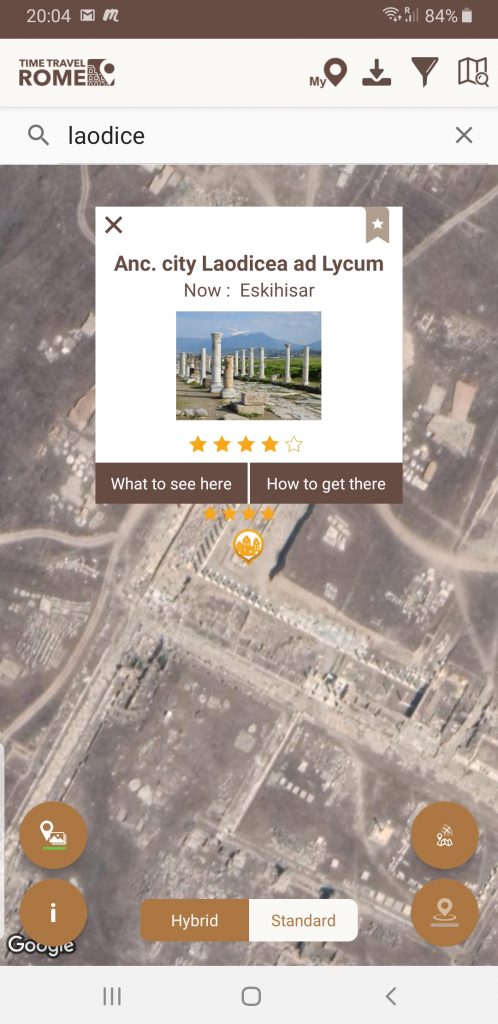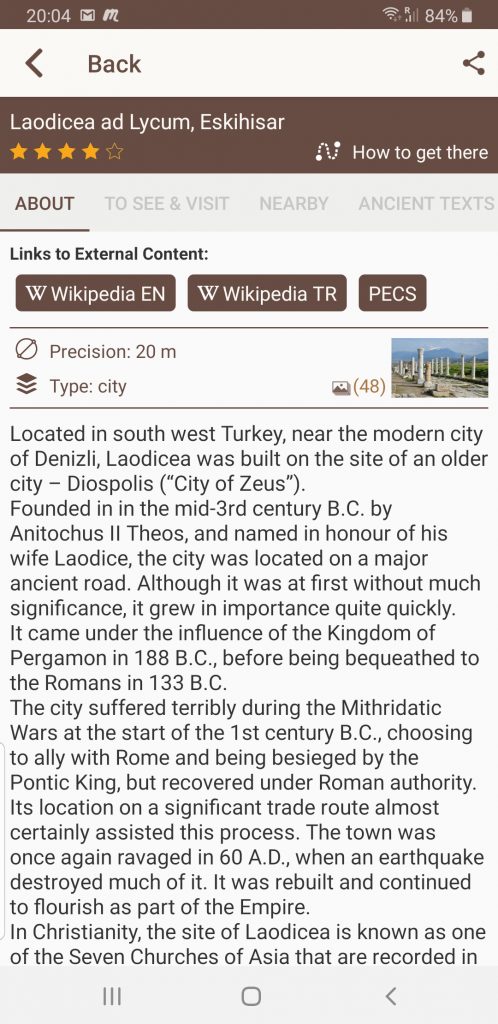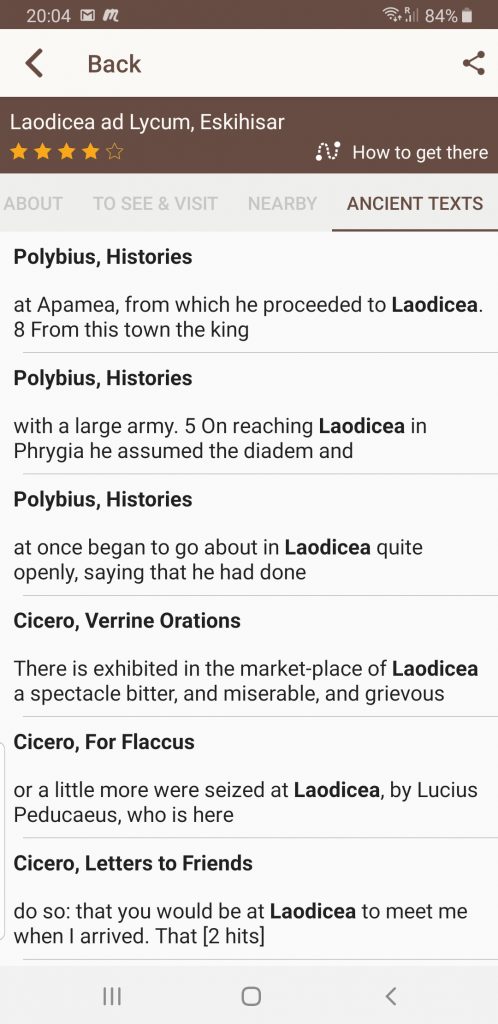In this post we feature turkisharchaeonews.net and Izabela Miszczak photogaphies. Thank you Izabela for you great work !
In the instability left by the death of Alexander the Great, his top generals vied for position and power, with four eventually succeeding in establishing their own dynasties. One of these was Seleucus, who ruled over the region of Syria and Mesopotamia from his seat in Babylon. The kingdom passed peacefully to Seleucus’s beloved son, Antiochus I, but the kingdom would not long remain in harmony. Antiochus’s eldest son rebelled against him, and so he put him to death, leading to the succession of his youngest son, Antiochus II, when he died in Sardis in 262 B.C.
Heritage of Alexander the Great
Antiochus II inherited not only the kingdom, but ongoing wars with Ptolemaic Egypt over the rule of Syria. About a decade after taking the throne, Antiochus managed to negotiate a peace with the Ptolemy II, but Ptolemy demanded that the agreement be sealed by marriage, Ptolemy’s own daughter Berenice married to Antiochus. Antiochus had been married even before he knew he was to be heir to the throne, to a woman named Laodice, a woman who would prove herself more than capable of holding her own on the shifting and treacherous political stage. Unlike many ancient marriages, theirs had been for love, long before Antiochus was a political player. After he became king, he named many cities after his beloved first wife, one of which, located on the Lycus River, became one of the most prosperous cities of Asia Minor.
This article is featuring wonderful photos taken by Izabela Miszczak. For more information and an exquisitely detailed walkthrough of the archaeological treasures of Laodicea ad Lycum, please see the excellent article written by Izabela and available on Turkish Archaeological News
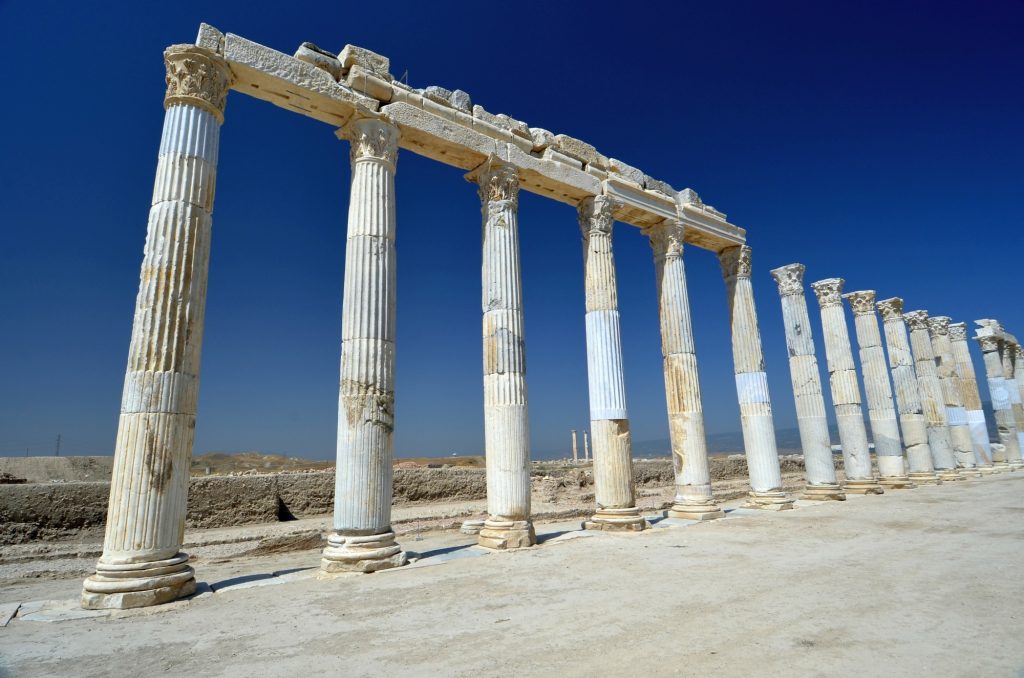
A Rejected Queen
Laodice was herself a descendent of Seleucus I, his granddaughter by his second son, Achaeus, and thus a first cousin to her husband, Antiochus. She came from a long line of strong Macedonian women on her grandfather’s side, and proud Persian princesses on her grandmother’s, and she was very willing to defend her position in the empire. However, Ptolemy’s conditions for the treaty were non-negotiable, and though he appears to have held genuine affection for his first wife, Antiochus reluctantly divorced her to secure the treaty. He gave her a gift of a sizable tract of land in Anatolia in an attempt to console her for his rejection.
The marriage to Berenice was successfully completed, the treaty sealed, and Laodice appeared mollified for the moment, perhaps feeling secure in the fact that her children by Antiochus were the only plausible heirs to the throne. Yet not too long after the marriage, Berenice produced a son to Antiochus, named for his father, and the king transferred his inheritance to the infant. Laodice remained in Ephesus, but her lands, wealth, and status granted her considerable political pull, and she continued maneuvering to put her own sons in power.
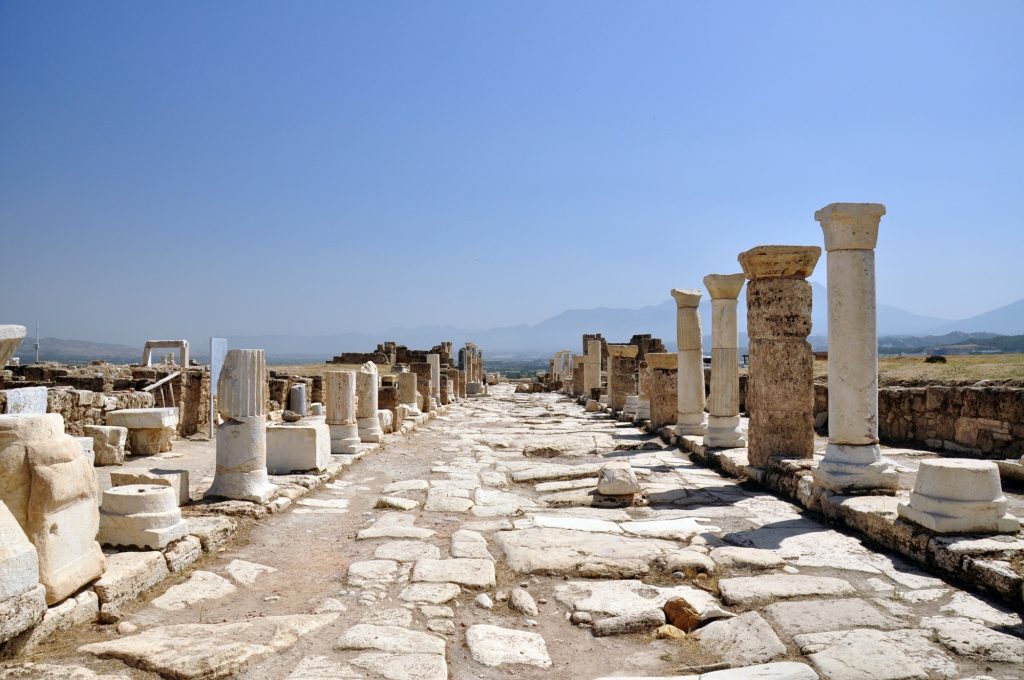
Ruthless Ambition
In 246, B.C., she enjoyed a breakthrough. Ptolemy II died, and in the commotion of the transfer of power to Ptolemy III, Antiochus abandoned his new family and moved to Ephesus to be with Laodice again. He apparently transferred his succession back to Seleucus, and shortly after, Laodice arranged to have him poisoned, fearing that he might change his mind again. She also resolved to rid herself of Berenice and the threat of the infant Antiochus. Although Berenice sent word to her brother to help her secure the throne and also managed to arouse the support and sympathy of her subjects, Laodice’s assassins got there before she could prepare a defense. They brutally murdered her son, displaying a baby boy of similar appearance to the people and claiming that young Antiochus still lived.
Meanwhile, in Ephesus, Laodice began to have doubts about the loyalty of Sophron, the garrison commander there. She confided in one of her female attendants, Danae, who was also an intimate friend of hers. Unbeknownst to Laodice, Danae was also Sophron’s lover, and she warned him of his impending arrest, and Sophron turned over the city to Ptolemy III. When she learned of her friend’s betrayal, Laodice responded with ruthless vengeance, first interrogating Danae, and when her former friend refused to give her any answers, she had Danae thrown from cliff to her death.
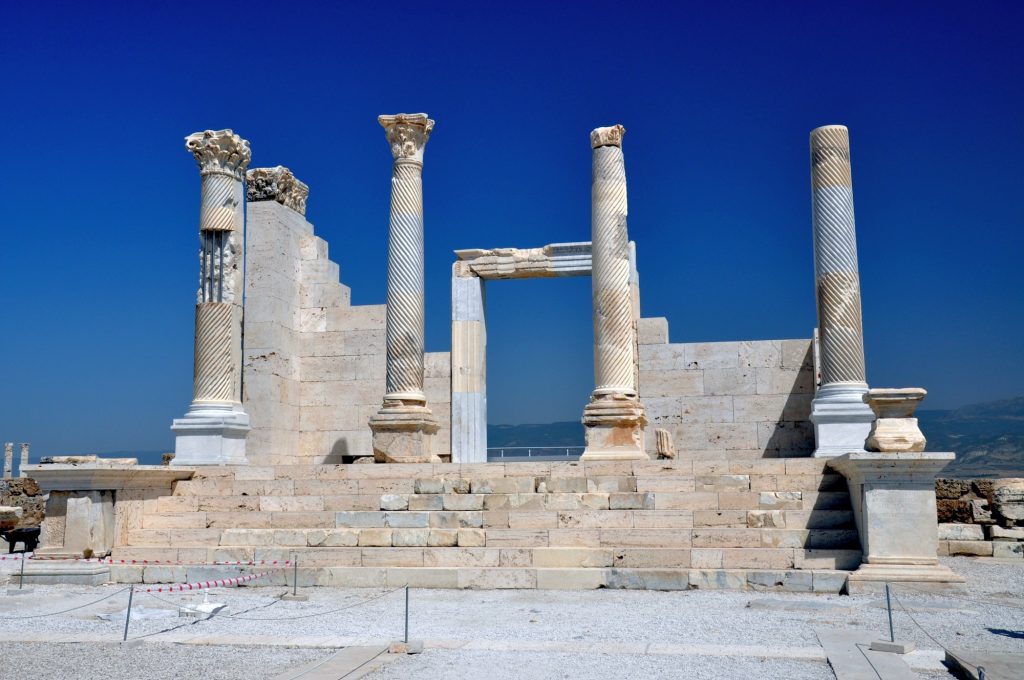
The End of Berenice
Back in Babylon, Berenice still hoped to launch a counter to Laodice’s plans, and remained under her Gallic guard from protection, but Laodice soon sent assassins to clear the final obstacle to her sons’ succession. Several of Berenice’s female attendants died while desperately defending her, but ultimately they could not prevent her murder. Three of the women who survived the attack found an imposter to place in her bed, and claimed that she was wounded but certain to recover. In this way, they kept the citizens of Seleucia in support of Berenice until Ptolemy could arrive. He sent letters to all the provinces of the kingdom in the name of Berenice and Antiochus, and so managed to secure the entire realm without a single battle. Yet despite the welcome acquisition of land, Ptolemy was enraged at the murder of his sister. He declared war on Seleucus II, now ruling under the watchful eye of his mother, Laodice. He waged a successful, seventeen year war against them. Later Laodice became embroiled in a civil war between her two sons, as she supported her second son in a revolt against Seleucus.
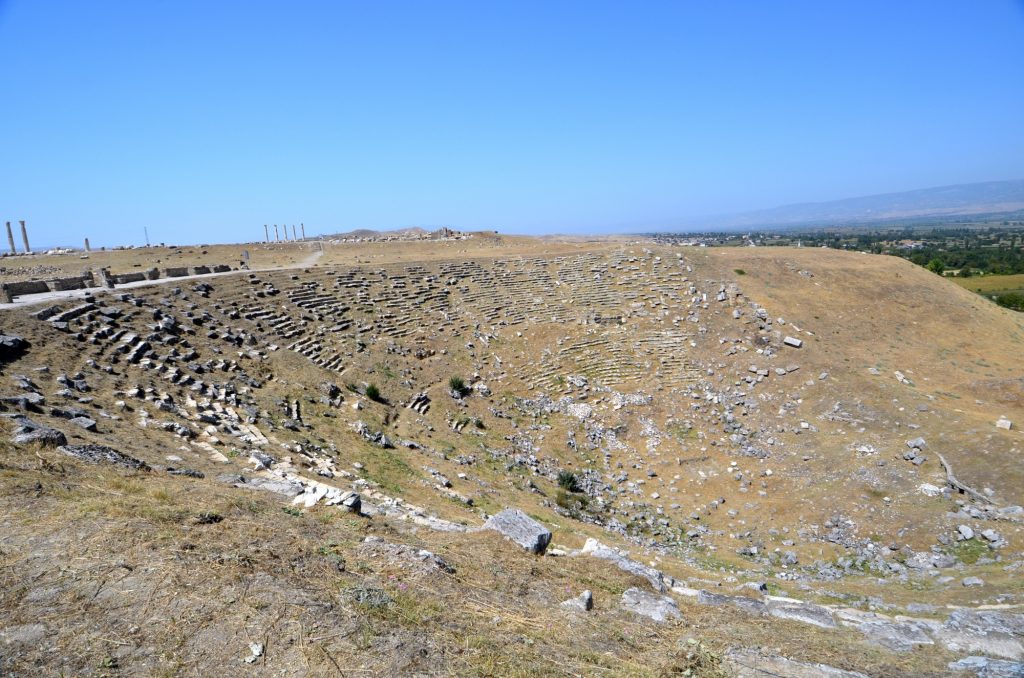
The City of Laodicea ad Lycum
Laodicea ad Lycum, named for the ruthless queen of Seleucia, also enjoyed success, just like its namesake. Though suffering damage in the Mithridatic Wars and as a result of multiple earthquakes, it nonetheless rose to great prominence due to its location on important trade routes and its production of coveted black wool exports. The city was also a hub of important medical learning, and even produced the famous ancient ophthalmologist, Demosthenes Philalethes. It was also a major banking city, increasing its wealth and prestige.
The citizens of Laodicea were so prosperous that they even refused financial support from the Rome and the Emperor Nero in the wake of devastating earthquakes in 60 A.D., but insisted on paying to repair the damages themselves. Due to a large and thriving Jewish community, Laodicea became an important city in early Christianity, and its wealth is even acknowledged in passages of the Christian Bible. Laodicea became an important bishopric into the Byzantine Period, and was only abandoned sometime in the 13th century A.D. after enduring multiple raids by foreign attackers.
What to See Here?
Despite not featuring with any great prominence in the historical record, certainly in comparison to other sites in this region of Asia Minor, the archaeological remains of Laodicea attest to a city of considerable wealth and status in antiquity. One is able to see at the archaeological site the ruins of a stadium, baths, and a gymnasium. These structures are accompanied by 2 theatres. Both are of impressive size and indicate the wealth of the city. The slightly smaller theatre is referred to by epigraphic sources as an Amphitheatre, and it was dedicated to the Emperor Vespasian in 79 A.D. by an exceptionally wealthy private citizen. The site is also scattered with the remains of temples, the most impressive of which – known as “Temple A” – has some columns still standing giving visitors a sense of the scale of the ancient city.
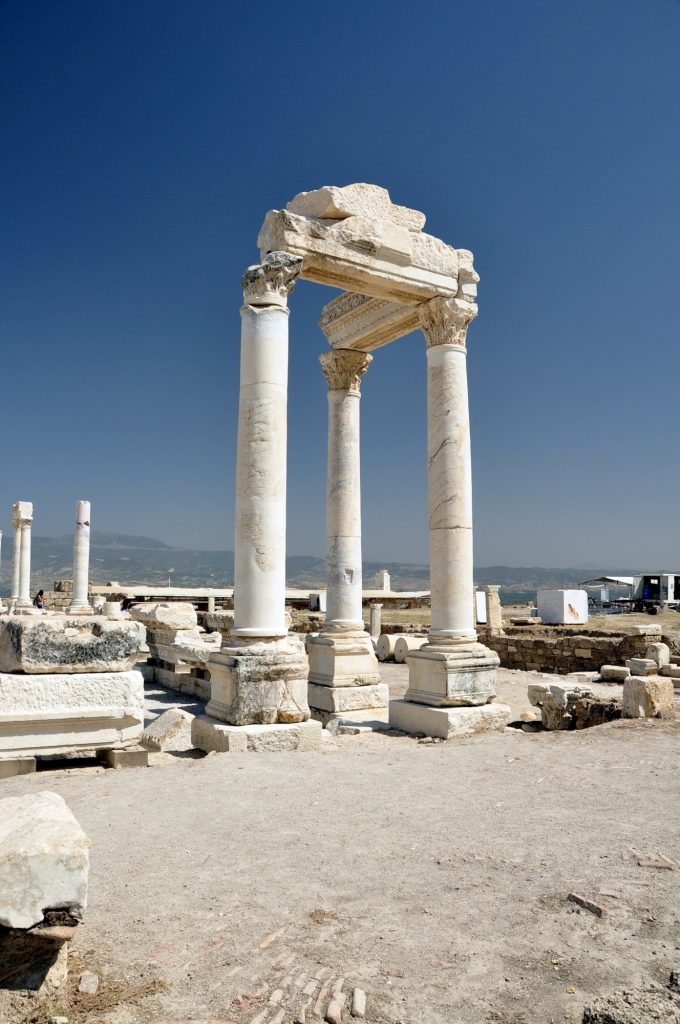
Laodicea on Timetravelrome App:
Author: Marian Vermeulen for Timetravelrome
Sources: Sources: Porphyrius, Comments on the book of Daniel; Athenaeus, The Deipnosophists; Eusebius, Chronicle;Justinus, Epitome of Pompeius Trogus’ Philippic Histories;Polyaenus, Stratagems.
Header image: Laodicea northern sacred agora. Photo by Izabela Miszczak. Used by permission of the author.
